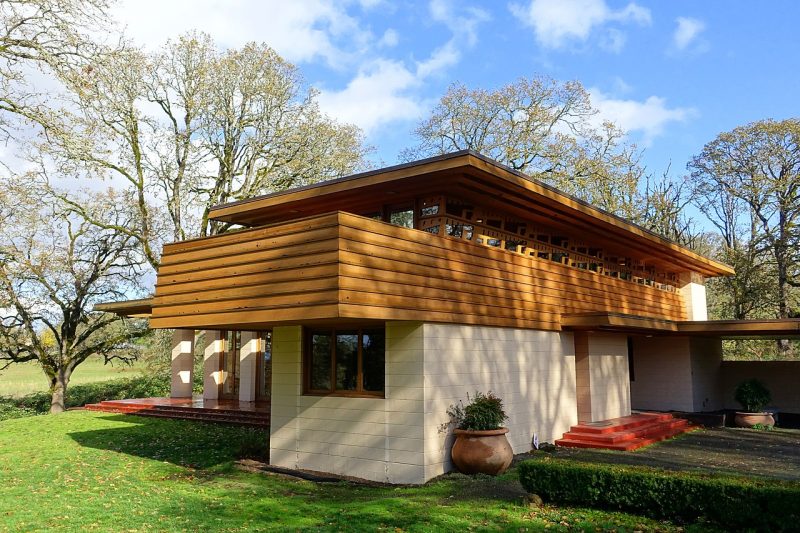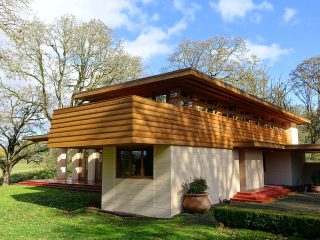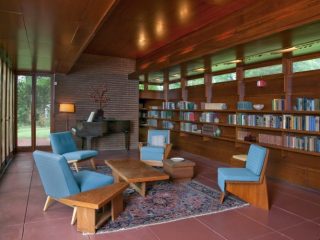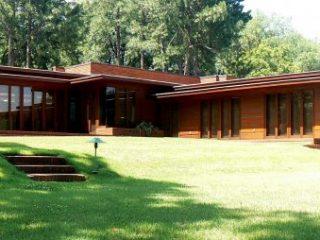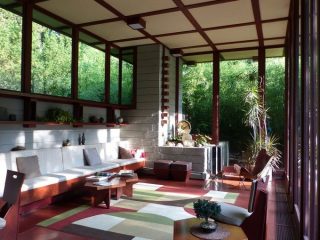After the Great Depression, Frank Lloyd Wright knew American home life would never be the same. Homeowners would cut unnecessary costs, including household help, and home decor would adapt for practicality. In the midst of this cultural mind-frame, Wright coined the term “Usonia” to describe his architectural design for the middle class American. Wright’s Usonian designs quickly captured the attention of America.
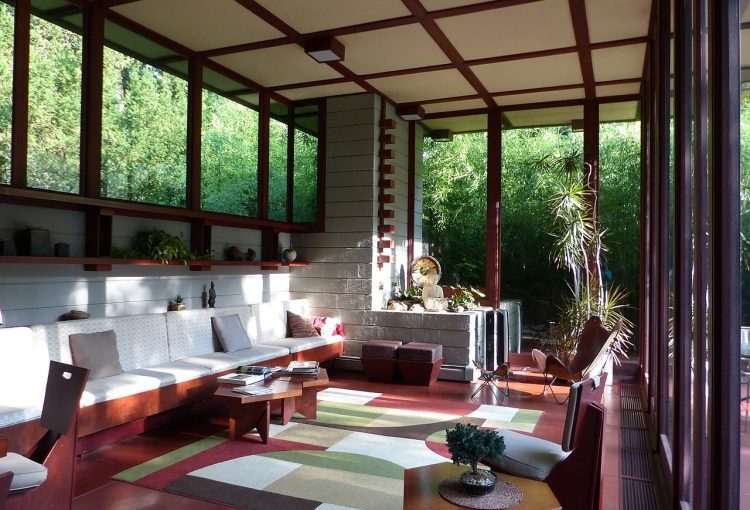
What does the Usonian style look like? It’s modest yet stylish; Wright created a style of home that would be cost-effective and comfortable. For example, most Usonian houses have no attics or basements. They have clean, simple roofs—easy to maintain and replace.
Usonian houses also feature radiant heating, a cost-effective heating system originally invented by the Romans. It’s a pretty creative idea that focuses on keeping human body warm rather than heating the entire house. The secret: under-floor heating pipes. They keep floors warm so the body won’t lose heat by walking on cold surfaces, thus eliminating the need for expensive and complex heating equipment.
Did you Know: In 1915, Japanese Emperor Taisho hired Wright to design the Imperial Hotel in Tokyo. After the Great Kanto Earthquake in 1923, Wright’s design was the only large building still standing.
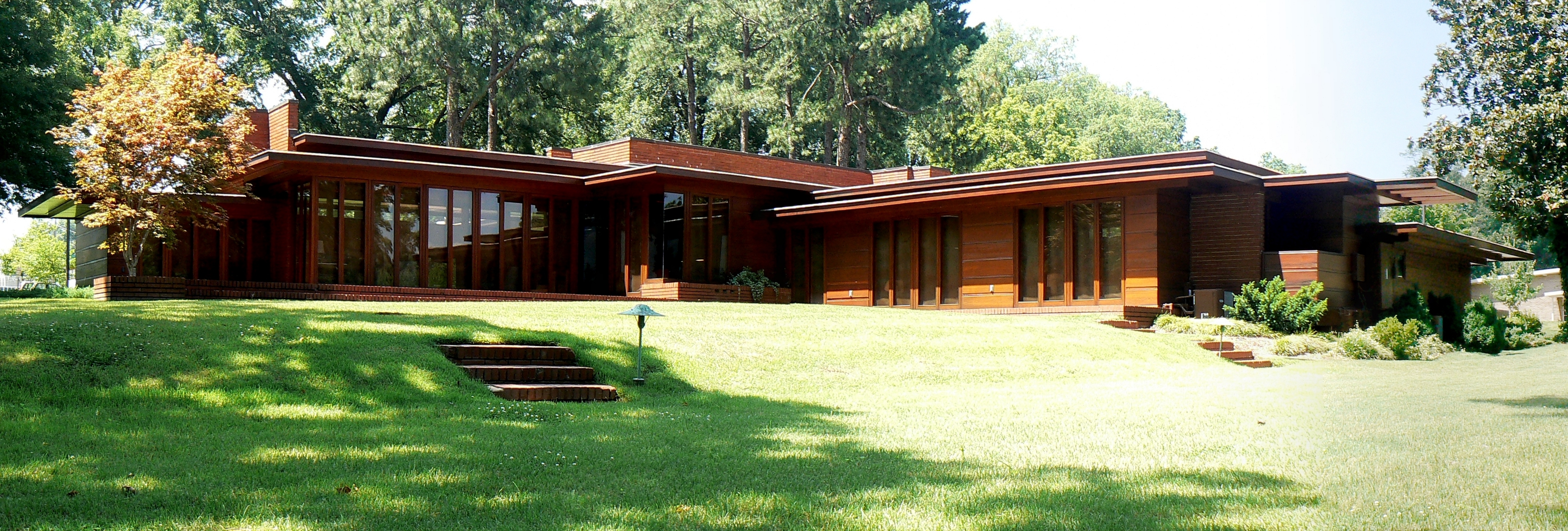
Like it’s structural design, Usonian house décor presents an uncomplicated and polished look. As Wright once remarked, “Simplicity and repose are the qualities that measure the true value of any work of art.” Wright strongly believed that nature is better than any manmade decor.
As a result, Usonian houses are known for floor to ceiling windows that bring America’s natural beauty into the home. It pays homage to the outdoors and saves on electricity.
For Wright, art wasn’t just a decorative supplement to architecture. He combined the two, spinning structure points into art and art into practicality. Take a look at the mixed textures Wright used in his Rosenbaum house (image below). Brick and wood walls. Without adding clutter, he added character.
Wright is one of fifteen Americans to have received the Royal Gold Medal awarded by the Royal Institute of British Architects. This award is given to internationally recognized architects.
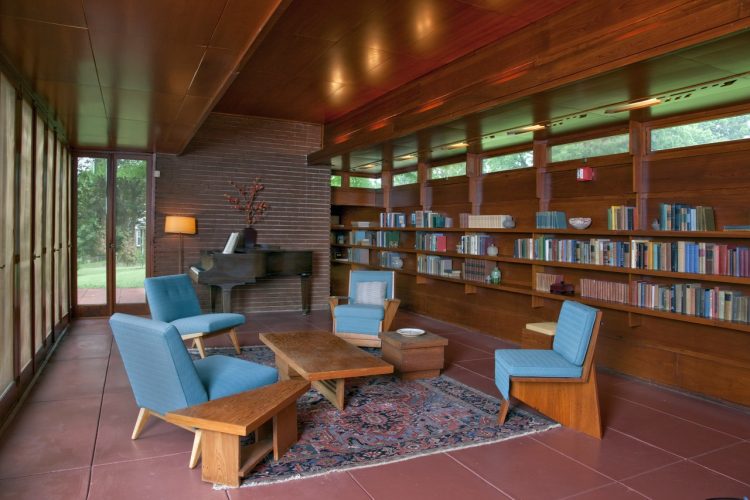
Wright’s typical Usonian color schemes are simple—mainly monochromatic looks with occasional pops of color in robin-egg blue chairs or a book collection. The Rosenbaum living room, built by Wright in 1940, features mahogany paneling, a Persian statement rug and minimalistic furniture designed by the man himself.
But the real showstopper, according to Wright’s philosophy, is the countryside beauty right outside the glass doors. “Study nature, love nature, stay close to nature. It will never fail you,” he said.
So how can you incorporate Wright’s Usonia into your home? Welcome natural light. Value the simpler things. Combine form and function. Enjoy the view.
Don’t forget to follow us on Instagram, Facebook and Pinterest for more Atomic Ranch articles and ideas!

